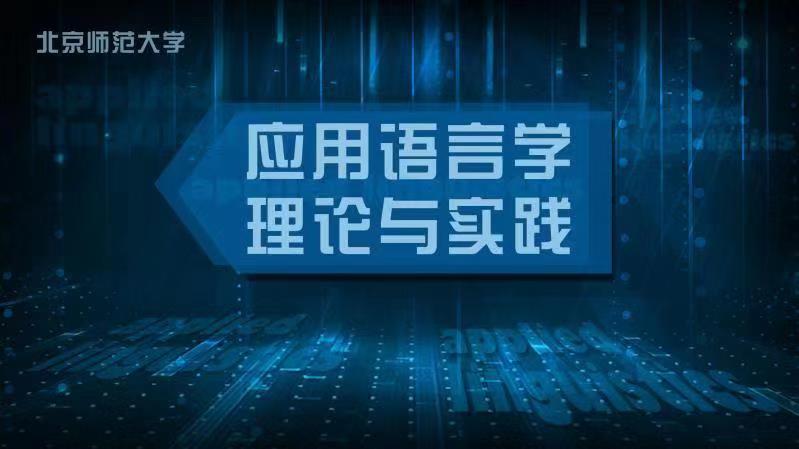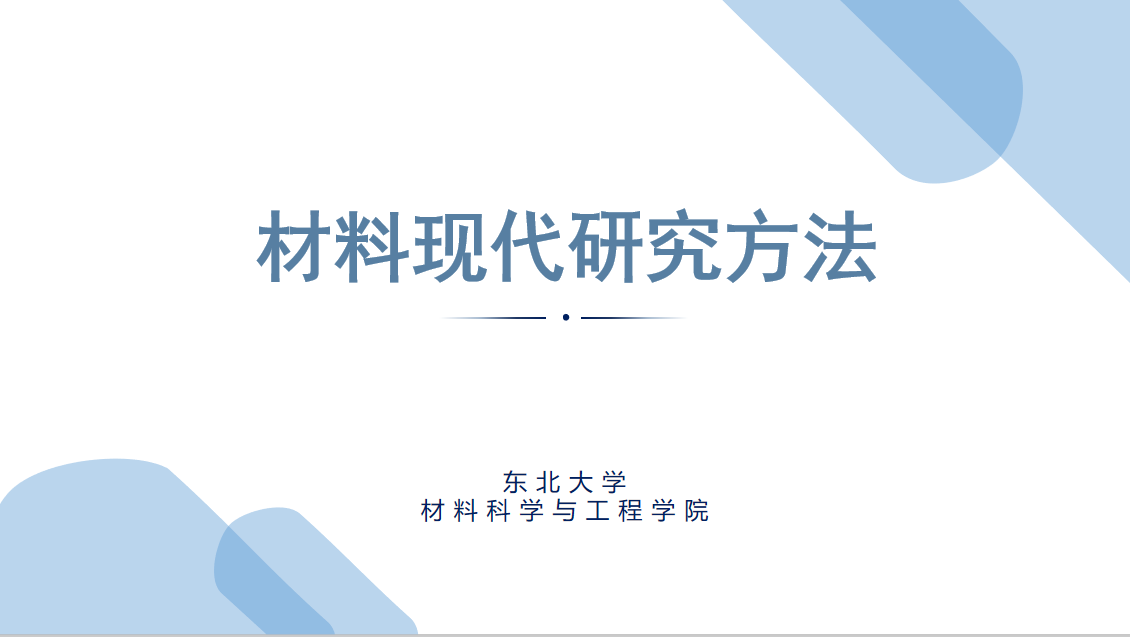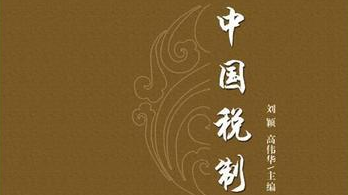
当前课程知识点:学术英语写作 > 期末考核 > 期末考核 > 3
Chapter Three
How to Prepare the Title
It’s no doubt that an accurate and concise title
can definitely give editors and readers deep impression,
who will show interest in moving on to read the paper.
IMPORTANCE OF THE TITLE
In preparing a title for a paper,
you should remember one fact:
This paper to some extent will be read by few people,
but this title will be read by thousands of people,
either in the original journal,
in one of the secondary databases, or otherwise.
Thus, great care should be taken to consider and choose every word in the title,
and the association among all the words must be carefully controlled and managed.
According to my experience,
faulty syntax (word order) is the most common error in defective titles,
and more seriously it could damage the meaning delivery and comprehension
by editors and readers.
What is a good title?
It could be defined as the economical
but accurate needed words that adequately display the contents of the paper.
When you desire to index the paper or retrieve the paper,
the title plays an important role.
An inappropriate title would damage your paper,
which could never be touched and known by your targeted readers.
Remember the principle:
The title of a paper should not be flowery.
Instead it must be clearly expressed.
Then I will talk about LENGTH OF THE TITLE
The title of a paper should have the proper length.
But sometimes it is too short.
Now let’s look at a title
“Studies on Escherichia coli.(大肠埃希氏杆菌)”
It is really short.
What do you think of the title?
Do you know its core?
Was the study taxonomic(分类学), genetic, biochemical, or medical?
Potential readers, I believe,
have different interpretations.
So this title fails to describe the contents of the paper even though it is short.
Much more often, titles are too long. Ironically,
long titles are often less meaningful than short ones.
Let’s look at this title
“On the addition to the method of microscopic research
by a new way of producing color-contrast between an object
and its background or between definite parts of the object itself”
It’s long but really poor.
Without question,
most excessively long titles contain “waste” words.
Often, these waste words appear right at the start of the title,
words such as “Studies on” “Investigations on” and “Observations on”.
An opening A, An, or The is also a waste word.
Certainly, such words are useless for indexing purposes.
Next, I will talk about NEED FOR SPECIFIC TITLES
Short titles should include specific terms rather than general terms.
Now look at this title:
“Action of Antibiotics on Bacteria”.
When we read it,
we find it is short in form without waste words.
But don’t you think it includes general information?
There are numerous antibiotics.
If the author did not test the effects of all antibiotics on all kinds of bacteria,
the title is definitely meaningless.
Different situations should be shown and listed.
If the study were conducted on only one or a few antibiotics,
they should be individually listed in the title.
If the test were aimed at only one or a few organisms,
then they also should be individually listed in the title.
If the number of antibiotics or organisms was too large to be listed in the title,
perhaps a group name could have been given.
Examples of more acceptable titles are the following:
“Action of Streptomycin(链霉素), Neomycin(新霉素),
and Tetracycline(四环素) on Mycobacterium tuberculosis(结核分歧杆菌)”
“Action of Streptomycin on Gram-Positive Bacteria(革兰氏阳性菌)”
“Action of Polyene Antibiotics (多烯抗生素)on Plant-Pathogenic Bacteria”
“Action of Various Antifungal(抗真菌的)
Antibiotics on Candida albicans(白色念珠菌)
and Aspergillus fumigatus(烟曲霉菌)”
Compared with the sample, these titles are more acceptable,
but they are not really good because they are still too general.
The key point is the word “action” is big.
Suppose the expression of “Action of” could be defined more easily,
then the meaning might be clearer.
For example, the first title might have been phrased
“Inhibition of Growth of Mycobacterium tuberculosis
by Streptomycin,Neomycin, and Tetracycline.”
If the study focused on an organism,
the title would show the genus, species and even the strain.
If the study focused on an enzyme in an organism,
the title would not be anything like “Enzymes in Bacteria.”
It would be something like
“Dihydrofolate Reductase(二氢叶酸还原酶) Produced by Bacillus subtilis(枯草杆菌).”
In the following, I will talk about IMPORTANCE OF SYNTAX
In titles, be especially careful of syntax.
Most of the grammatical errors in titles are due to faulty word order.
Let’s look at this title,
“Using a fiberoptic bronchoscope(纤维支气管镜),
dogs were immunized with sheep red blood cells.”
Can you have the full understanding of the title meaning?
Either dogs are some more smart ,
or “using” is misused in this sentence from a manuscript.
Here according to the common sense,
dogs could not be able to use fiberoptic bronchoscope.
So you can see how important the word order is in the title.
Remember THE TITLE AS A LABEL
The title of a paper is a label.
Usually a sentence with subject-verb-object structure is not used for a title,
so a title is simpler and shorter than a sentence.
In this case, the word order becomes even more important.
Some journals, in practice, accept a sentence to be a title.
An example of such a title:
“Fruit Flies Diversify Their Offspring in Response to Parasite Infection”
After reading this title,
maybe you will have such a feeling that
the existence of a verb “diversify” makes the title seem to be assertive.
The authors do present their results in the present tense.
In academic writing,
it’s not proper and prudent to use this kind of assertive sentence to be a title,
because in some cases,
this style, in fact, states a conclusion that should be stated in the summary.
The meaning and order of the words in the title
are important to the potential readers
when they go through the journal table of contents.
As a label accompanying the paper itself,
the title should also be in a form suitable for the machine-indexing systems
used by Chemical abstracts, MEDLINE, and others.
All in all, the words and phrases in the title
should be the highlight of the significant part of the paper.
Last, I will focus on ABBREVIATIONS AND JARGON
Abbreviations, chemical formulas, proprietary (rather than generic) names, jargon,
and the like should not be included in titles .
In choosing the words of the title,
the author should consider how to look for the information in an index.
Furthermore, if abbreviations are used in the title,
the users of the bibliographic services might locate only part of the published literature,
ignoring some additional related references.
Even though with the help of software,
the larger secondary services bring together entries
such as deoxyribonucleic acid(脱氧核糖核酸), DNA,
and even AND (acide deoxyribonucleique)(核糖核酸).
By far the best way for authors is to avoid abbreviations,
proprietary names, jargon, and unusual terms in titles.
-1
-讨论
-2
-讨论
-3
-作业
-Definition of An Abstract
--4.1
-Logic of An Abstract
--4.2
-Abstract in Hmanitites
--4.3
-Abstract Guidelines
--4.4
-Examples in the Fields of Social Science
--4.5
-Case Analysis
--4.6
-作业
-Purpose of the Introduction
--5.1
-Case Analysis
--5.2
-讨论
-Background of Method Birth
--6.1
-Methods
--6.2
-Tables and Figures
--6.3
-作业
-Content of Results
--7.1
-Clarity
--7.2
-Case Analysis
--7.3
-讨论
-Rejection and Discussion
--8.1
-Components of the Discussion
--8.2
-Significance of the Paper
--8.3
-讨论
-Three C
--9,1
-Mistakes to Avoid
--9.2
-Case Analysis
--9.3
-When to Use Tables
--10.1
-How to Arrange Tabular Material
--10.2
-Titles, Footnotes and Abbreviations
--10.3
-讨论
-When Not to Use Graphs
--11.1
-When to Use Graphs
--11.2
-Symbols and Legends
--11.3
-Factors to Keep in Mind
--12.1
-Color
--12.2
-Significance of Selection
--13.1
-Situations to Reject Papers
--13.2
-Evolution of Academic Journals (1)
--13.3
-Evolution of Academic Journals (2)
--13.3(2)
-Standards of Publishing Outlets
--13.4
-Finding Suitable Academic Journals
--13.5
-Electronic Searching Tips
--13.6
-Evaluation Process for Potential Journals
--13.7
-Readers for Journals
--13.8
-What to Ask the Managing Editor(1)
--13.9
-What to Ask the Managing Editor(2)
--13.10
-作业
-Title Type
--14.1
-Abstract Architecture
--14.2
-Case Analysis
--14.3
-期末考核



